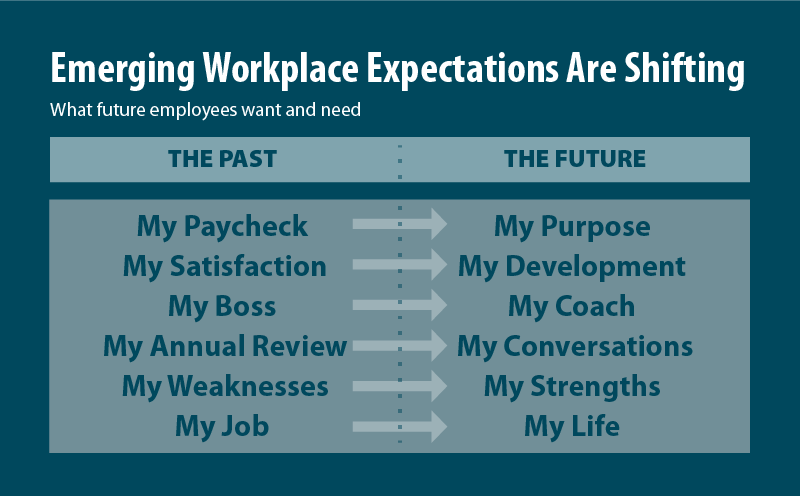
As global marketplaces grow more volatile and volatile on a daily basis, the only option for enterprises to stay up with their competition is to become adaptable to rapidly changing business conditions. Companies must reconfigure themselves and reassess their organizational capacities to compete in these dynamic marketplaces. Companies must grasp the fundamentals of organizational agility and how to implement them in their operations. This strategy must be deemed realistic, particularly as we recover from the epidemic.
Modern economic pressures have compelled firms to battle problems by regulating all parts of their operations to attain the agility and effectiveness required to remain competitive. Organizational management involves information technology, supply chain management, and delivery services. New conceptual and technical innovations have evolved to support knowledge-based processes such as total quality management, Six-Sigma, concurrent engineering, strategic outsourcing, business process re-engineering, and flexible manufacturing to boost organizational effectiveness. Agile management is a crucial principle that cuts across all of these notions and assists in developing skills throughout the whole business. Organizations may become more flexible and capable of responding to market developments in real-time.
Organizational effectiveness may be described as how successfully and efficiently your firm meets its objectives and achieves the intended results.
Organizational effectiveness is assessed in a variety of areas, including people management, leadership development, change acceptance and maintenance, and the implementation of new procedures and technology.
Your efficacy and efficiency in these areas can also have an impact on how responsive and relevant your business is seen to be.
What is the relationship between adaptability and success? Today’s workplace is quite different and constantly changing. Things used to move at a snail’s pace in comparison to today’s norms. The adage that “change is the only constant in life” is undoubtedly true in today’s corporate world. Today’s workforce is required to handle a lot more change at a much faster pace across a wide range of skill sets such as technology, process, and strategy changes. The good news is that today’s workforce, particularly immigrants, is used to change. They grew up in an age of rapidly changing technology. They honed their skills on iPhones, iPads, and iPods, releasing upgrades, releases, and enhancements every time you turned around

In today’s workplace, it’s all about agile, iterative, and continuous transformation. Employees are affected to varied degrees depending on the size of the changes. It is critical to consider how your workforce responds to and manages change.
To be productive, businesses must be adaptable in order to respond to new possibilities and ways of doing things. We need to be strategic in our thinking and search for ways to enhance whatever we do.
How is the labor force evolving?
Not only is the corporate environment evolving, but so is the workforce – what they need, desire, and expect from their job has changed.
“In my day, we came to work, performed our job, and received a paycheck,” said a recent talk with a corporate C-suite executive about the contrasts between labor generations.
Without a question, expectations are altering. Today’s workforce desires to:
- Find meaning in their job
- Have prospects for advancement
- They will receive coaching to help them enhance their performance.
- Develop ties with your superiors.
- Work in a profession that allows them to put their abilities and strengths to good use.
- Maintain a healthy work-life balance.
How can you make your company relevant to today’s workforce?
Who you have on your team will have an impact on how successfully and efficiently your organization can adapt to change, fulfill goals, and achieve desired results – which brings us back to organizational effectiveness!
Some of the classic techniques of managing employees such as performance management, yearly reviews, and employee management are altered in order to remain relevant and appealing to today’s high-performing workforce.
Talent Management techniques are changing, and we are seeing outmoded Performance Management systems evolve into Performance Development initiatives. Annual Review methods are giving way to more regular, forward-thinking performance talks that take place throughout the year. Employee management is being reimagined as a coaching relationship with a continual discussion between managers and employees.
It is critical that your business adjusts to the changing demands of today’s dynamic workforce in order to remain relevant, recruit and retain high performers, and maintain employee engagement which significantly affects productivity.
Is your organization responsive and relevant in light of this discussion?
It is strongly advised that firms begin by mapping their organizational and operational skills, and then examine their larger environment to determine their competitive advantages. Following that, they should concentrate on making the administration of such skills more nimble.
